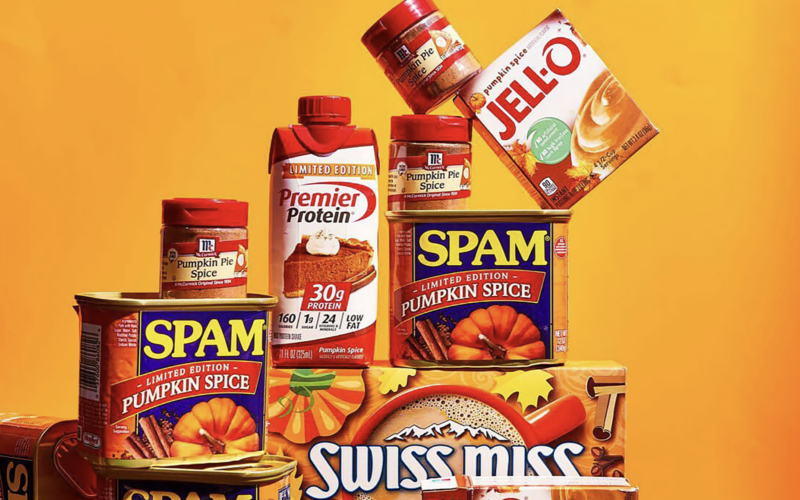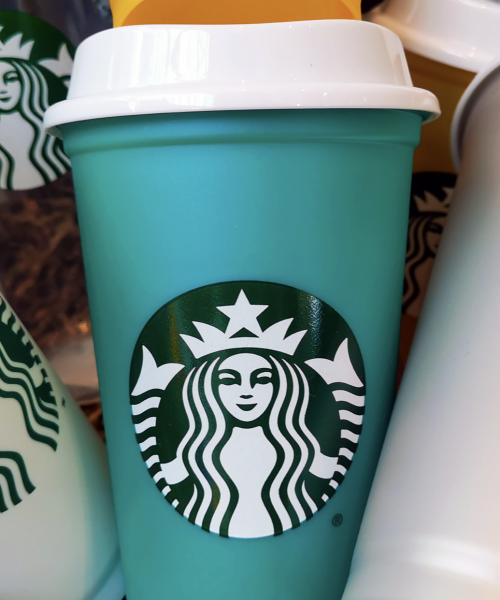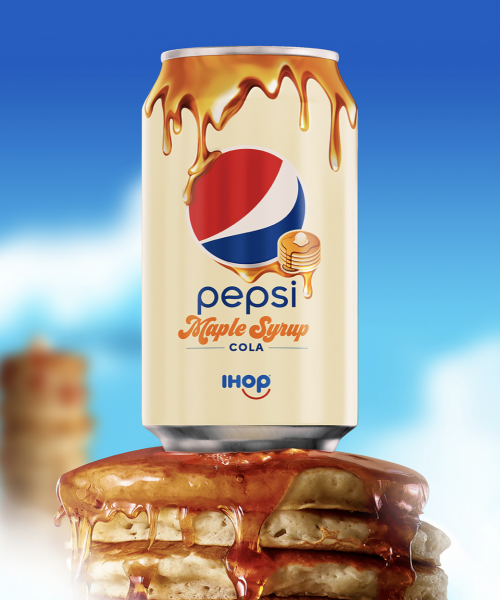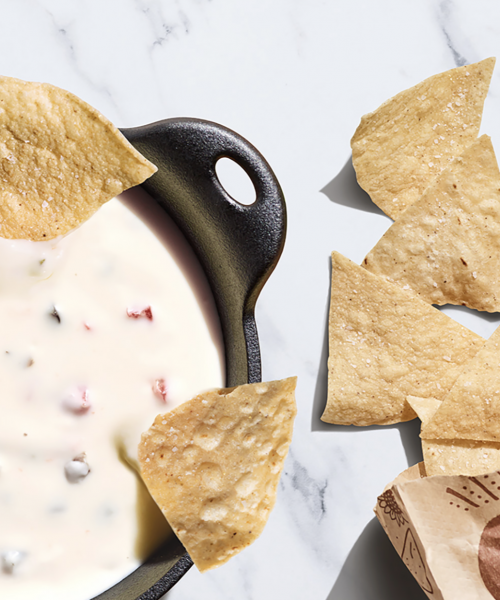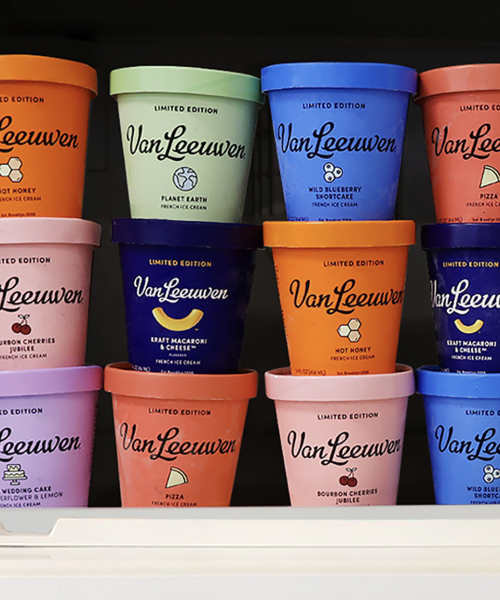By Nina Friend | FoodAndWine.Com
Troy Warren for CNT #Foodie
The ubiquitous spice blend is more than 223 years old.
When we talk about pumpkin spice, it’s important to distinguish between two eras: before the PSL and after the PSL. PSL, of course, stands for Pumpkin Spice Latte, the seasonal, cream-topped Starbucks beverage that returned to the company’s cafes on August 24th—the earliest rollout of the drink since its original launch in 2003.
Before the PSL, pumpkin spice referred to a blend of spices that was used to flavor pumpkin pie, often combining cinnamon, nutmeg, ginger, allspice, and cloves. The spice blend has long been a part of the American baking tradition. In fact, there are two recipes for spice-filled “pompkin” pie in Amelia Simmons’ 1798 reprint of her cookbook American Cookery; one made with nutmeg and ginger, the other with allspice and ginger.
Centuries later, in the 1930s, spice manufacturing companies like Thompson & Taylor Spice Co and McCormick & Company came out with a revolutionary product: Pumpkin Pie Spice, a pre-blended mix that meant bakers could buy one spice instead of several. Thompson & Taylor’s version, released in 1933, included nine spices. Today, McCormick’s blend, which was originally launched in 1934, includes four spices: cinnamon, ginger, nutmeg, and allspice, plus sulfiting agents.
Uses for the spice blend didn’t stop at pie, though. While it’s unclear who the first person was to add pumpkin spice into a latte (the idea to combine the two likely wasn’t a Starbucks invention), the Starbucks employee credited with bringing the idea to the company is Peter Dukes, then the director of espresso, whose team created other seasonal drinks like the eggnog latte and peppermint mocha. (Fun fact: In the course of developing the PSL, the Starbucks research and development team poured espresso shots on top of pumpkin pies, tasting different combinations to determine the best ratio of cinnamon and nutmeg to coffee and steamed milk. But it wasn’t until 2015 that Starbucks started including real pumpkin in the drink.)

Although the PSL debuted in only 100 Starbucks stores in Vancouver, BC, and Washington, DC, it’s now available as a seasonal menu item around the world, and has become Starbucks’ most popular seasonal beverage of all time. Since 2003, Starbucks has sold more than 424 million PSLs in the U.S. alone.
Pumpkin spice has become a cultural icon, a representation of autumn as emblematic as changing leaves. The drink’s unforeseen popularity gave rise to an entire market of pumpkin spice products, leading up to the point we’re at today, with pumpkin spice-ified versions of everything from hummus to hard seltzer, marshmallows to mac and cheese.
While Starbucks can be credited with jump-starting the global obsession, it’s a good thing they decided against calling the PSL “Fall Harvest Latte,” one of the original name contenders, because FHL just doesn’t have the same ring. And fall harvest SPAM? We’d take the pumpkin spice version any day.
In Other NEWS


























